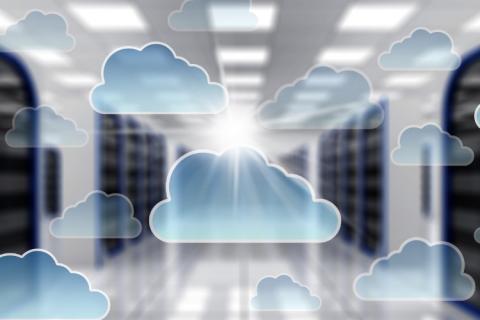Observability And AIOps: Why Convergence Is The Future To Improving Uptime
On October 4, Facebook and its properties, Instagram and WhatsApp, were down for more than five hours due to configuration changes on routers in Facebook’s data centers. A five-hour outage is an eternity in our always-on digital economy, costing the company an estimated $65 million and 4.8% in stock valuation. The high-profile Facebook outage is emblematic of just how digitally intermediated our economy is becoming, and the incident renews C-level focus on preventing similar service failures.



